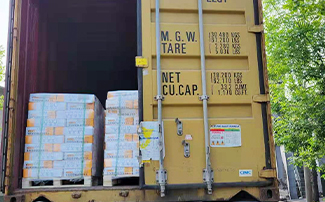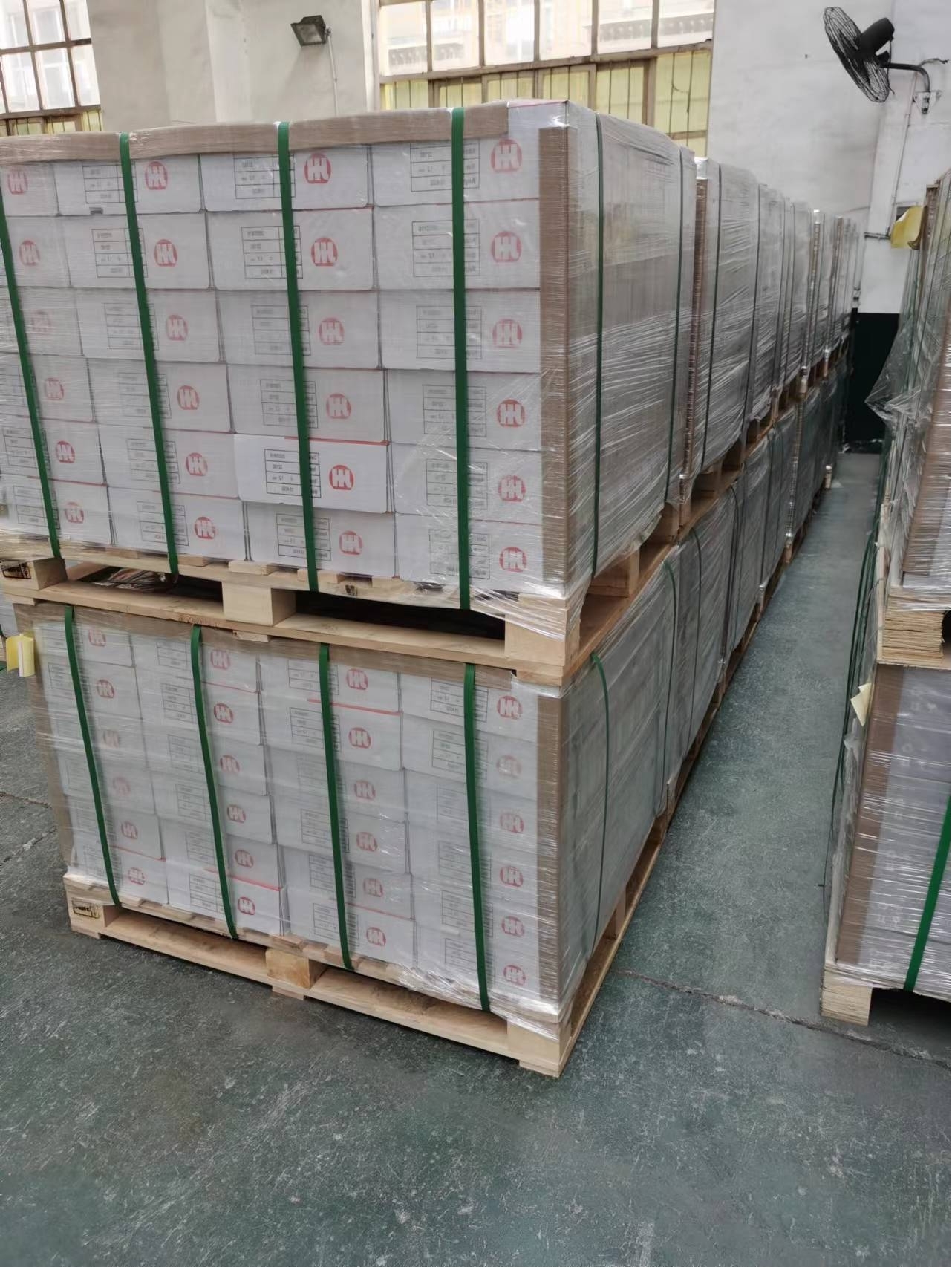Low Hydrogen Electrodes Types, Benefits & Durable Welding Solutions
- Introduction to Low Hydrogen Electrodes
- Technical Advantages in Welding Performance
- Comparative Analysis of Leading Manufacturers
- Custom Solutions for Industry-Specific Needs
- Real-World Applications and Success Stories
- Guidelines for Selecting the Right Electrode
- Future Trends in Low Hydrogen Electrode Technology

(types of low hydrogen electrodes)
Understanding the Critical Role of Low Hydrogen Electrodes
Low hydrogen electrodes are essential for high-strength welding applications where minimizing hydrogen-induced cracking (HIC) is paramount. These electrodes, classified under AWS A5.1, A5.5, and similar standards, are engineered with flux compositions that reduce diffusible hydrogen levels below 4mL/100g. Industries such as offshore construction, pressure vessel fabrication, and pipeline welding rely on these rods to ensure joint integrity in high-stress environments. The evolution of low hydrogen variants, including E7018, E8018-C3, and E10018-G, demonstrates their adaptability to diverse operational requirements.
Technical Advantages in Welding Performance
Modern low hydrogen electrodes deliver hydrogen levels as low as 1.5–3.5mL/100g, achieved through advanced flux formulations containing fluorides and iron powder. Key benefits include:
- 90% reduction in post-weld cracking compared to cellulose electrodes
- Improved Charpy V-notch impact toughness (≥80J at -40°C)
- Enhanced deposition rates (up to 8.5kg/hr for 5.0mm diameter rods)
Manufacturer Comparison: Key Specifications
| Brand | Model | Hydrogen (mL/100g) | Tensile Strength (MPa) | Impact Energy | Certifications |
|---|---|---|---|---|---|
| Lincoln Electric | Jetweld LH-78 | 3.2 | 690 | 75J @ -50°C | ABS, ASME, EN ISO 2560 |
| ESAB | OK 76.18 | 2.8 | 710 | 82J @ -60°C | DNV, API 1104 |
| Bohler | Fox EV 50 | 1.9 | 730 | 95J @ -40°C | Lloyd's, PED |
Customized Welding Solutions
Tailored electrode formulations address unique challenges:
- Marine Applications: 12% chromium variants resist seawater corrosion (ASTM G48 compliance)
- Cryogenic Service: Nickel-alloyed electrodes (3.5% Ni) maintain ductility at -196°C
- High-Speed Fabrication: Iron-powder enhanced versions achieve 15% faster deposition
Application Case Studies
North Sea Platform Construction: ESAB OK 76.18 electrodes enabled X70 steel welding with 0.2% porosity rates, surpassing DNV-OS-F101 requirements. Power Plant Retrofit: Lincoln Electric’s LH-78 reduced preheat temperatures by 40°C, cutting energy costs by $18,000 per project.
Selection Criteria for Optimal Performance
Evaluate electrodes based on:
- Base metal composition (CE ≤0.45 for carbon steels)
- Joint thickness (≥19mm requires ≤3.2mm electrodes)
- Environmental factors (humidity-controlled storage ≤40% RH)
Advancements in Low Hydrogen Electrode Technology
Emerging developments include graphene-infused fluxes that lower hydrogen levels to 0.8mL/100g while increasing deposition efficiency by 22%. Hybrid electrodes combining low hydrogen characteristics with vertical-down welding capabilities are reshaping pipeline construction methodologies. As AWS revises its A5.1 specification (2024 draft), manufacturers are preparing electrodes with ≤1.5mL/100g hydrogen for critical infrastructure projects.

(types of low hydrogen electrodes)
FAQS on types of low hydrogen electrodes
Q: What are the common types of low hydrogen electrodes?
A: Common types include E7018, E7016, and E7015. These electrodes minimize hydrogen content in welds and are ideal for high-strength steels or thick materials requiring crack resistance.
Q: Why are low hydrogen electrodes preferred for critical welding applications?
A: Low hydrogen electrodes reduce hydrogen-induced cracking risks. They provide stronger, ductile welds, making them suitable for structural steel, pipelines, and high-stress environments.
Q: How do low hydrogen rods differ from other welding electrodes?
A: Low hydrogen rods have flux coatings with minimal moisture, limiting hydrogen absorption. Unlike cellulose-based electrodes (e.g., E6010), they produce cleaner welds with superior mechanical properties.
Q: Can low hydrogen electrodes be used for all materials?
A: They are best suited for carbon steel, high-strength alloys, and thick sections. Always match the electrode type (e.g., E7018 for versatility) to the base metal and welding conditions.
Q: What industries rely heavily on low hydrogen electrodes?
A: Construction, shipbuilding, oil and gas, and heavy machinery industries prioritize low hydrogen rods. They ensure weld integrity in environments prone to temperature fluctuations or dynamic loads.
-
High-Quality Welding Electrodes 4.0mm*400mm for Industrial Use | Steel Tools ChinaNewsNov.24,2025
-
Explore the Benefits and Uses of 2.6mm Welding Electrode 6013 | Global GuideNewsNov.23,2025
-
Understanding CO2 Welding Wire Price: Global Impact, Trends, and TipsNewsNov.22,2025
-
Top Guide to Welding Wires CO2 – Specifications, Benefits & Industry UsesNewsNov.22,2025
-
Comprehensive Guide to Welding Electrode 6011 – Global Applications & BenefitsNewsNov.21,2025
-
AWS E6013 Welding Rod-HEBEI YUJINHONG TECHNOLOGY CO.,LTD.|All-Position Carbon Steel ElectrodeNewsNov.21,2025


